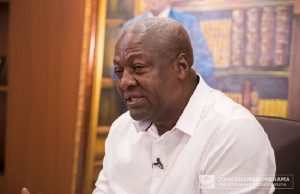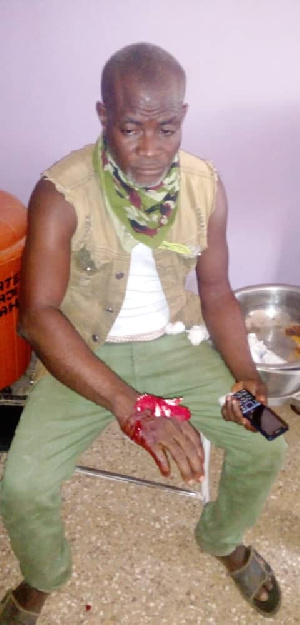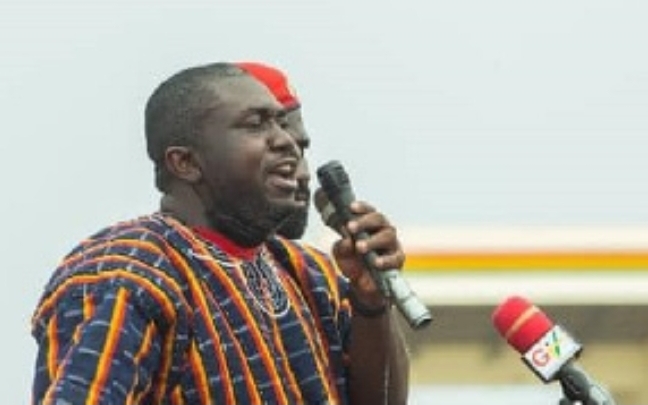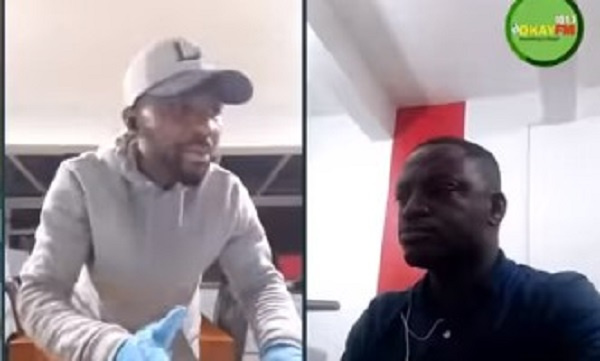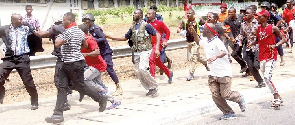Can Mahama suspend a Chief Justice? – What the law says
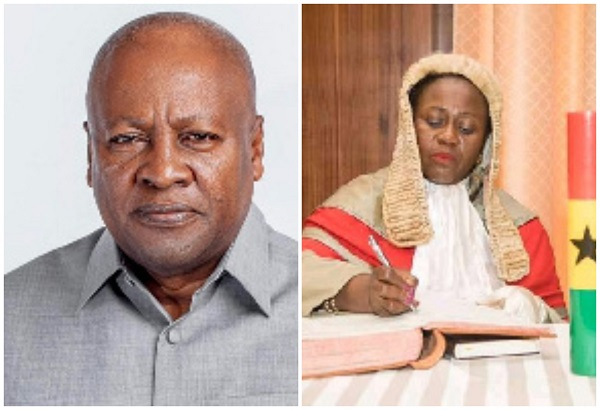
The brouhaha surrounding petitions for the removal of the Chief Justice, Justice Gertrude Torkornoo, continues with the latest update being her apparent suspension by President John Dramani Mahama.
The reports of the suspension of the Chief Justice, even though it has not been officially communicated, have divided the public, with a cross-section saying that the president’s action, if indeed it is true, is wrong.
But has President Mahama done anything wrong if he has truly suspended Chief Justice Torkornoo? What does the 1992 Constitution say about the suspension of the head of the judicial arm of government?
Article 146 of the constitution touches on the conditions under which the Chief Justice or any justice of the Superior Courts – the Supreme Court, Court of Appeal and the High Court – can be suspended.
The suspension is part of the process for the removal of the Chief Justice and any justice of the superior courts.
Article 146 states the conditions and processes to follow for the removal of the justices.
“(1) A Justice of the Superior Court or a Chairman of a Regional Tribunal shall not be removed from office except for stated misbehaviour or incompetence or on grounds of inability to perform the functions of his office arising from infirmity of body or mind.
“(2) A Justice of the Superior Court of Judicature or a Chairman of a Regional Tribunal may only be removed in accordance with the procedure specified in this article,” part of the article states.
Stages for the Removal of a Chief Justice.
1. Petition
The first stage of the process for the removal of these justices is the submission of a petition to the president.
In other words, a justice of the Superior Courts can only be ousted from office if a petition is submitted to the president, which is the case with the ongoing process for the removal of Justice Torkornoo.
2. What the President Does with the Petition
The second stage is the action the president takes after he receives the petition.
Here, the constitution makes provision for what the president should do depending on the Superior Court justice in question.
Article 146(3) states that for any of the Superior Court justices, the president is required to send the petition to any of the Chief Justices, who is to determine whether there is a case for the removal of the judge in question.
“If the President receives a petition for the removal of a Justice of a Superior Court other than the Chief Justice or for the removal of the Chairman of a Regional Tribunal, he shall refer the petition to the Chief Justice, who shall determine whether there is a prima facie case.”
In the case that the judge in question is the Chief Justice, the president, in consultation with the Council of State, appoints a committee which will recommend to the president whether the justice should be removed.
“(6) Where the petition is for the removal of the Chief Justice, the President shall, acting in consultation with the Council of State, appoint a committee consisting of two Justices of the Supreme Court, one of whom shall be appointed chairman by the President, and three other persons who are not members of the Council of State, nor members of Parliament, nor lawyers.
“(7) The committee appointed under clause (6) of this article shall inquire into the petition and recommend to the President whether the Chief Justice ought to be removed from office,” part of the article states.
Defence
Article 146(8) states that the judge whom the petition was filed against must be heard.
The judge is expected to face the committee in person or through legal representatives.
“All proceedings under this article shall be held in camera, and the Justice or Chairman against whom the petition is made is entitled to be heard in his defence by himself or by a lawyer or other expert of his choice.”
Suspension
Section 10 of Article 146 gives the president the power to suspend justices who are subjects of ongoing petitions, including the Chief Justice.
It states:
“Where a petition has been referred to a committee under this article, the President may –
(a) in the case of the Chief Justice, acting in accordance with the advice of the Council of State, by warrant signed by him, suspend the Chief Justice;
(b) in the case of any other Justice of a Superior Court or of a Chairman of a Regional Tribunal, acting in accordance with the advice of the Judicial Council, suspend that Justice or that Chairman of a Regional Tribunal.”
The president also has the power to revoke the suspension. Article 146(11) states:
“The President may, at any time, revoke a suspension under this article.”
What Legal Experts Have Said About Suspension:
Former Director of the Ghana School of Law, Kwaku Ansa-Asare, has urged President John Dramani Mahama to suspend Chief Justice Gertrude Torkornoo if there is indeed a case for her removal, saying that it would be improper for Justice Torkornoo to remain in office if there is a legitimate basis for her removal.
He stated that if a committee is established to investigate the petitions for her removal, her continued stay in office could interfere with the process.
He indicated that Article 146 of the 1992 Constitution obliges the president to suspend the Chief Justice under such circumstances.
“The moment the committee is set up, the president is then obliged to (may) suspend the Chief Justice, and I think it is fair.
“While the committee is inquiring into the allegation, the Chief Justice cannot remain in office because there is a likelihood of interference, and therefore, she has to step aside,” he is quoted as saying.
Conclusion:
The constitution clearly gives President Mahama the power to suspend a justice who is the subject of a petition, including the Chief Justice.
From the provisions of the constitution, nothing can stop the processes for the removal of the Chief Justice, including the suspension of the justice in question.

